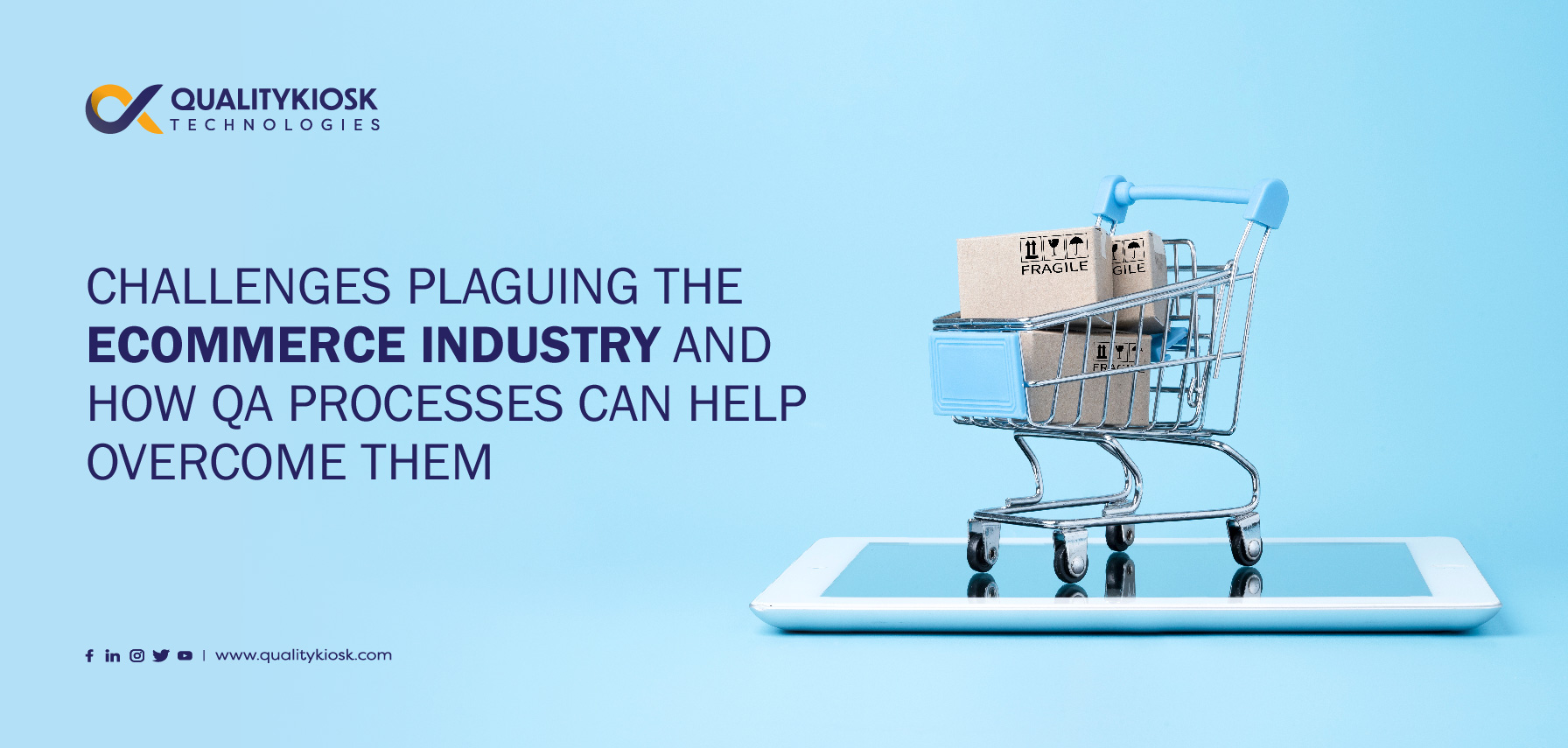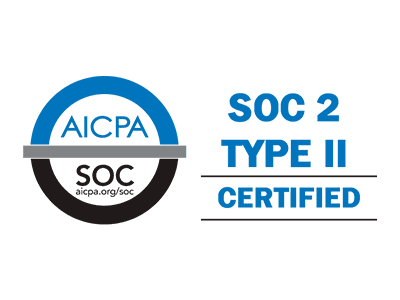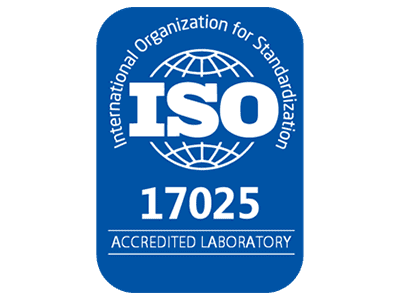Challenges Plaguing the eCommerce Industry and How QA Processes Can Help Overcome Them
Online shopping has witnessed tremendous growth over the last decade, and the previous two years of the pandemic have worked as a catalyst for this digitalization phenomenon. Digitalization will continue to play a critical role as the global business ecosystem navigates through this new normal, surging eCommerce investments. In India alone, the eCommerce market is expected to grow to $74.8bn this year, as per GlobalData’s research. With millions of users accessing applications across different channels, website quality and customer experience are placed at the center of an organization’s success. An effective eCommerce Testing approach can achieve it.
The flip side of such accelerated adoption is competitive pressure, constantly changing customer expectations and technological advancements. Even the smallest of shortcomings – a single frustrating journey, functionality failure, or a hang-up – could ruin the customer experience causing irreparable damage to the brand’s reputation. Further, outages during high-traffic periods or special sales days can put a severe dent in revenues.
eCommerce testing is particularly complex as it involves validating various actions, personalizations, functionalities, and features. Creating a simulation for all of them is impractical because of the number of predictions involved. One key challenge our customers need help with is conducting sanity checks of the production build, where most issues arise.
Types of Tests that can be Performed on Platforms and That No One is Addressing Yet?
To ensure that eCommerce websites and applications perform as per customer expectations and market-leading standards, end-to-end (E2E) testing is a critical approach to mitigate any quality issue that eCommerce brands face. It is a methodology that includes testing an application or website workflow from start to finish. It validates the system by simulating a real user scenario to verify if it is interacting with subsystems, UI (User Interface), API (Application Programming Interface), databases, and other applications as desired.
What Makes a Good eCommerce Platform?
eCommerce channels offer brands an ideal position to build direct relationships with their customers, taking third-party entities and intermediaries out of the equation. An ideal eCommerce platform helps brands create lifetime value through great customer experience, innovative sales strategies, and consistent business growth. However, making a good, if not the best, eCommerce platform is where most brands need to focus on.
An ideal eCommerce platform is built on a standard checklist as mentioned below:
User Experience
User experience is currently seated at the topmost position in every market research as a game-changing differentiator, even above price. Customer-centricity and customer journey should drive any brand’s eCommerce strategy to generate revenue. If a brand fails to prioritize long-term customer value-creation, the business will succumb to brutal market competition.
Payments
Customers today have a ridiculous number of payment options, from traditional debit and credit cards to payment wallets like PayTM, PhonePay, and GPay. Ensuring that the eCommerce platform is compatible with any payment gateway, and providing a secure and reliable process plays a crucial role. Some successful and innovative brands today are integrating with Open Banks <Vivek article> for instant financial services such as credit facilities, zero-cost EMIs, and other Pay Later options.
Super Apps
eCommerce sites and apps are moving past the niche approach they took. Customers don’t want to drain their device’s power by maintaining several applications. Brands are solving this pain point by launching ‘Super Apps,’ a one-stop application for every consumer need. Tata Neu App is the latest, and the first Super App launched in India, which is expected to lead the trend in the future.
How Do We Go About Testing eCommerce Transactions and Build Customer Trust?
Cart abandonment is one of the significant challenges that eCommerce brands face. According to a research firm, the average abandonment rate stood at 77.13% across countries in 2019. Although this happens due to many reasons, primary factors include:
- Lack of trust to share card or e-wallet details
- Missing customer’s preferred payment mode
- Complicated checkout process
If the payment experience isn’t seamless, everything brands do till that point is wasted. Therefore, every user journey and use case must be tested across channels – your business app, desktop site, and mobile site.
At QualityKiosk Technologies, we provide E2E, SDLC-agnostic QA automation solutions, which include, but are not limited to, performance assurance, security, customer experience, and API testing. These solutions enable businesses to create a cross-collaborative environment that is efficient and promotes innovation. For instance, accommodation of dynamic content changes that eCommerce sites make, such as discounts and customized offers, to provide a competitive user experience.
Our solutions, along with domain repositories, ensure holistic, quick, and thorough automated and data-level testing cycles for a variety of builds and products, covering:
- Tests in the production stage to avoid major failures every single day
- Completely automated testing of third-party API integrations
- UI-UX testing to ensure high-quality user experience
- Quick testing turnaround time for faster deployment and reduced time to market
- Risk-based regression testing to safeguard critical parts from bugs
- Domain repositories and multi-industry experience to mitigate common failure points and risks
Tips for Ensuring Accurate Test Results
- Continuously watch out for any production issues and work closely with the operations team to understand the commonly performed transactions by users
- Keep refining the QA strategy in concurrence with the typical user journeys in production and accordingly prioritize the scope of testing
- Perform Crowd Testing to test the app from various locations and geographies for accurate detection of Pincode
Some of our clients that benefited from our QA automation at both the API call-chain and the UI levels include Tata Digital, AJIO, Tata CLiQ, Fabindia, Rebel Foods, Decathlon, and ITC.
What Role Do UX Designers Play in This Process
The design quality of the eCommerce platform – which includes clear microinteractions, appealing product presentation, strong branding, simple payment process, and logical transitions – significantly influences a brand’s success. In essence, the UX designers define a human-first approach and catalyze conversion rates.
The UX designers should work closely with business experts offering intuitive navigation and operational ease. They must also ensure that the images and content load while testing the platform for compatibility across browsers and devices. Dynamic content changes highlighting customer personalization is an everyday task that the UX team needs to indulge.
Tech Developments That May Disrupt the eCommerce Market
Java has been a de facto language for application development long before any other software development program. However, the newer and more intense market demands led to the origins of software kits and no-code development platforms for faster application development. Google’s framework, Flutter, is one UI SDK that I feel will disrupt the QA automation industry since QA’s progress hasn’t been at pace to support the apps developed on this open-source UI software development kit.
The Role of Test Automation and Predictions for the Next 3-5 Years
The global automation testing market is expected to increase to $49.9bn by 2026, according to a study by MarketsandMarkets, which is a one-of-its-kind growth in the software industry. Such a tremendous market expectation can be owed to the digital-first approach of businesses seeking high-quality applications. For eCommerce brands, manual testing will not be able to accommodate maximum testing coverage due to scalability issues.
Shift left testing is rapidly becoming a norm to avoid any critical or major defects during the deployment phase. The shift left strategy helps developers test the code in the early stages of software development, improving code quality. Automation frameworks like Behavior-Driven Development (BDD) are being widely adopted to trace and test every essential requirement, ensuring zero gaps.
With the software industry moving towards DevOps and CI/CD pipeline for release deployments, test automation will be integrated within the development pipeline as continuous testing. Therefore, testing will soon be done directly in the production environment to cater to rapid releases and increasing market pressure for quick releases.
To continue the discussion on the role of QA processes in dynamizing and increasing the agility of eCommerce businesses, contact the author at: LETSCONNECT@QUALITYKIOSK.COM
About the Author
Suraj Jadhav is a Delivery Head, Emerging Verticals at QualityKiosk Technologies, a leading Quality Assurance firm. He is an expert on RPA and Test Automation solutions and CI/CD best practices, and has worked with global Automotive, Healthcare, Telecom, and eCommerce clients. His primary focus areas include ERP, Enterprise Datawarehouse, Cloud Adoption & Migration, Analytics & Business Intelligence, Mobile & Web Apps, AI & ML, RPA, Chatbots, and other evolving technologies. Suraj has a Post Graduate Diploma in e-Business from the Welingkar Institute of Management Development and Research (WeSchool), Mumbai.





